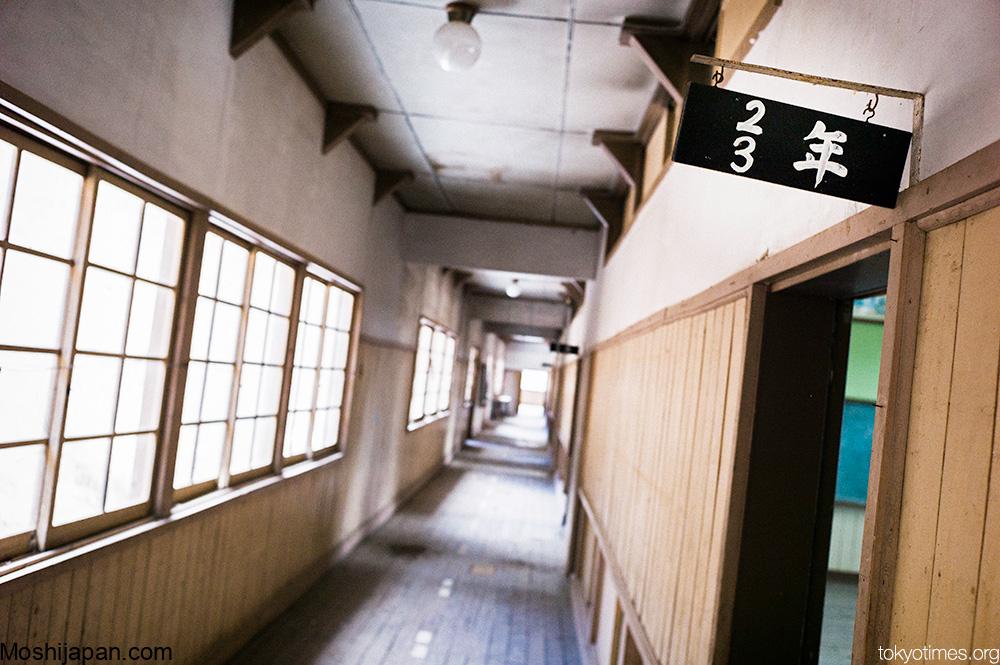All About Round Schoolhouse in Japan
Welcome to our comprehensive guide on the fascinating topic of Round Schoolhouses in Japan. At [Your Website Name], we take pride in providing you with in-depth insights into various aspects of Japanese culture, architecture, and history. In this article, we will delve deep into the concept of Round Schoolhouses in Japan, their historical significance, architectural features, and their role in modern society. Join us on this enlightening journey as we explore the captivating world of Round Schoolhouses.
The Round Schoolhouse Phenomenon

A Brief Introduction
The Round Schoolhouse, known as “Marugakoi” in Japanese, is a unique architectural wonder that has captured the imagination of many. These structures are distinctively circular in shape and have played a significant role in Japan’s educational history.
Historical Significance
The concept of Round Schoolhouses dates back to the early 20th century, during Japan’s modernization period. They were initially designed to accommodate large numbers of students efficiently. The round shape allowed for better utilization of space, natural ventilation, and an environment conducive to learning.
Architectural Features
Circular Design
One of the most striking features of Round Schoolhouses is their circular design. This design was not merely an aesthetic choice but had practical advantages. The absence of corners allowed for efficient use of space and easy movement within the classrooms.
Natural Light and Ventilation
Round Schoolhouses are renowned for their clever use of natural light and ventilation. Large windows encircle the building, ensuring that classrooms are well-lit during the day. This architectural feature also promotes airflow, creating a comfortable learning environment.
Cultural Elements
These buildings often incorporate elements of Japanese culture and tradition in their design. From the choice of materials to the interior decor, Round Schoolhouses showcase the rich cultural heritage of Japan.
Modern Relevance
While Round Schoolhouses are no longer the primary model for educational institutions in Japan, they hold a special place in the hearts of many. Some of these historic buildings have been preserved and repurposed for various uses, such as museums, community centers, and cultural hubs.
Round Schoolhouses Today

Preservation Efforts
In recent years, there has been a growing appreciation for the historical and architectural significance of Round Schoolhouses. Preservation efforts have been initiated to protect and maintain these unique structures for future generations to admire.
Cultural Attractions
Many Round Schoolhouses have been transformed into cultural attractions, drawing visitors from around the world. These sites offer a glimpse into Japan’s educational history and architectural innovations.
Conclusion

In conclusion, Round Schoolhouses in Japan are not just architectural marvels; they are a testament to Japan’s dedication to education and innovation. Their circular design, thoughtful incorporation of natural elements, and cultural significance make them a fascinating subject of study.
We hope this article has provided you with a comprehensive understanding of the topic “All about Round Schoolhouse in Japan.” For more captivating insights into Japanese culture and history, stay tuned to [Your Website Name].
Thank you for joining us on this educational journey. If you have any questions or would like to learn more, please explore our FAQ section below.
FAQ for “All About Round Schoolhouse in Japan”
Q1. What is the history of Round Schoolhouses in Japan?
A1. Round Schoolhouses, known as “Marugakoi,” originated in Japan during the early 20th century as a unique architectural solution for educational institutions. They were designed to accommodate large numbers of students efficiently.
Q2. What are the key architectural features of Round Schoolhouses?
A2. Round Schoolhouses are characterized by their circular design, which maximizes space utilization and promotes natural light and ventilation. They often incorporate elements of Japanese culture and tradition in their architecture.
Q3. Are Round Schoolhouses still in use today?
A3. While Round Schoolhouses are no longer the primary model for educational institutions in Japan, some have been preserved and repurposed for various cultural and community uses. They continue to be cultural attractions and symbols of Japan’s educational heritage.
Q4. Where can I visit Round Schoolhouses in Japan?
A4. Several Round Schoolhouses have been transformed into museums and cultural attractions. You can find them in various regions of Japan, each offering a unique glimpse into the country’s educational history.
Q5. How can I support the preservation of Round Schoolhouses in Japan?
A5. To support the preservation efforts of Round Schoolhouses, consider visiting them, making donations to relevant organizations, and spreading awareness about their historical and cultural significance.
keys words
- say hello in japanense
- learn japanense online
- say thank you in japan 2024
- discovery japan 2024
- work in japan


0 Comments